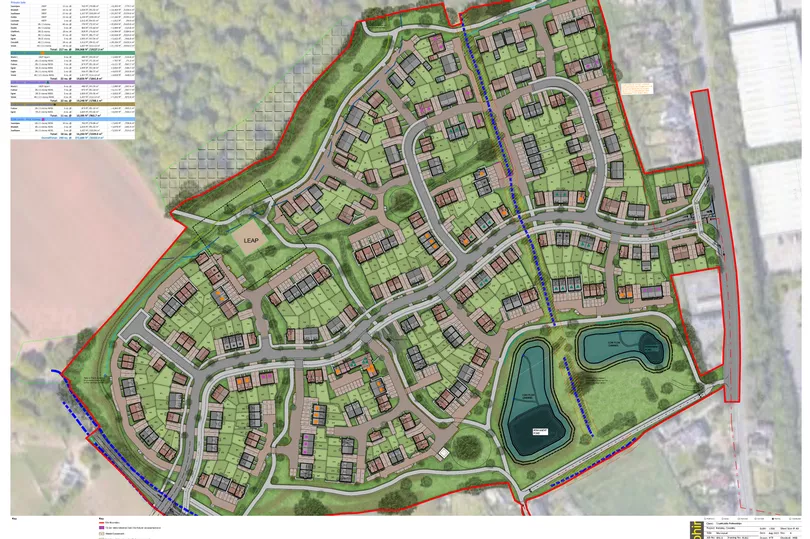
Coventry Society Committee Member and housing expert, Tim Brown, reports on a recent planning application in Keresley. Tim writes…
Planning permission has been granted for 147 build to rent (BTR) homes on a site that is part of the so-called Keresley sustainable urban extension (which was once green belt). BTR is jargon to describe homes that are designed, built and managed specifically for renters who will have long-term tenancies unlike other parts of the private rented sector. This suburban BTR is a first for Coventry and the West Midlands.
The scheme is a collaboration between Vistry, a major housebuilder that was formerly Bovis, and Legal and General which is a large player in the institutional investment sector. Vistry is building 550 properties across two sites at Keresley. Legal and General will be acquiring the smaller site of 147 units in a deal worth around £40 million, through its subsidiary platform, Legal & General Suburban Build to Rent. The scheme includes:
- £8 million contribution to local community facilities through a planning agreement
- Mix of family house types
- Environmentally-friendly features such as solar panels, electric vehicle charging points, and air-source heat pumps.
Legal and General have similar schemes in the pipeline in, for instance, Peterborough, St Neots, Hastings, and Crowthorpe (Berkshire).
BTR, in general, has become an accepted asset class for investment over the last decade following the Government’s Montague Review in 2012 (of which the author was a member). But virtually all schemes have comprised large apartment blocks in city centre locations particularly in big cities such as Manchester and Birmingham as well as London.
Of course, BTR is not a new phenomenon for Coventry as there are at least two BTR apartment blocks in or close to the city centre with the likelihood of more units as part of Coventry City Centre South. The target market has been young upwardly mobile singles or couples who either do not want or are unable to buy.
What is unique about Legal and General Suburban BTR is that the product is detached / semi-detached family housing with gardens. It is, therefore, aimed at couples with children that are looking for a long-term home. This adds a new and welcome addition to the housing market in Coventry. Other developers and institutional investors are likely to consider similar schemes on large sites in and around the city such as Eastern Green and Kings Hill.
More importantly, it ties in with the views of the new Chancellor of the Exchequer on how to tackle the housing crisis. Rachel Reeves is quoted in July as saying that ‘we need the private sector to build homes … we are not going to be in the business of building those homes directly’. Institutional investors including pension funds are an untapped source of finance for housing in the UK and working in partnership with large housebuilders may help to deliver the government’s target of 1.5 million new homes over the next five years.
However, there is a big ‘but’! Because what we also desperately need in Coventry and elsewhere is affordable housing for rent and sale at less than market prices:
- Social rented housing at roughly 50 per cent of market rents
- Affordable rented housing at no more than 80 per cent of market rents
- Low cost home ownership products such as shared ownership which is part rent and part buy.
If the new government will not provide a significant increase in grants for councils and housing associations to provide affordable housing then who will? Can we really expect institutional investors to finance such schemes when the rate of return even for affordable rent is at best modest? But there is one small chink of light. Under the previous government, there was an expectation that 20 per cent of BTR schemes should be ring-fenced for affordable private rented homes with rents at least 20 per cent below market rents. So, what has happened to the Keresley site where there should be 29 homes at affordable private rents?
Tim Brown
20.08.24
